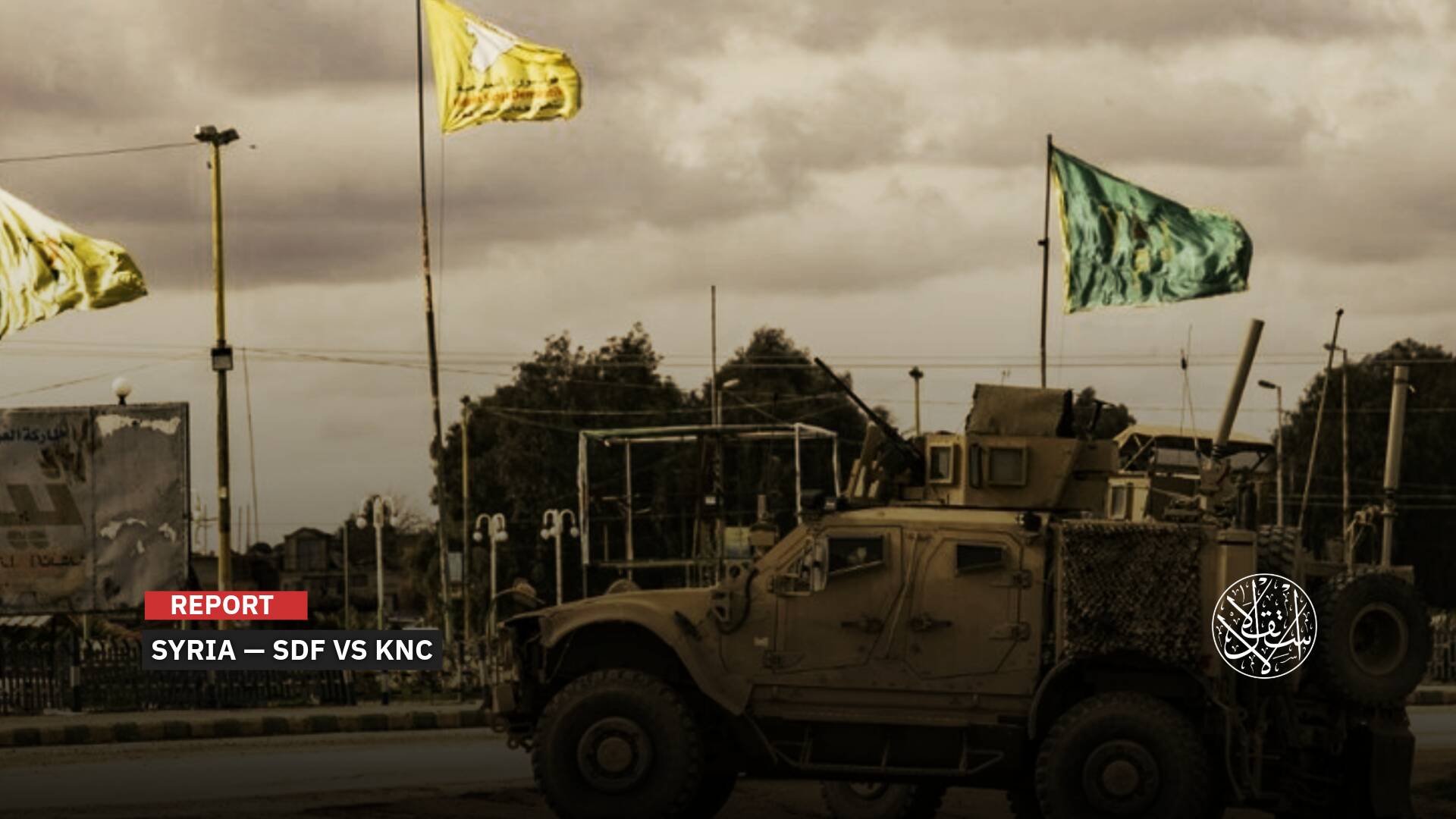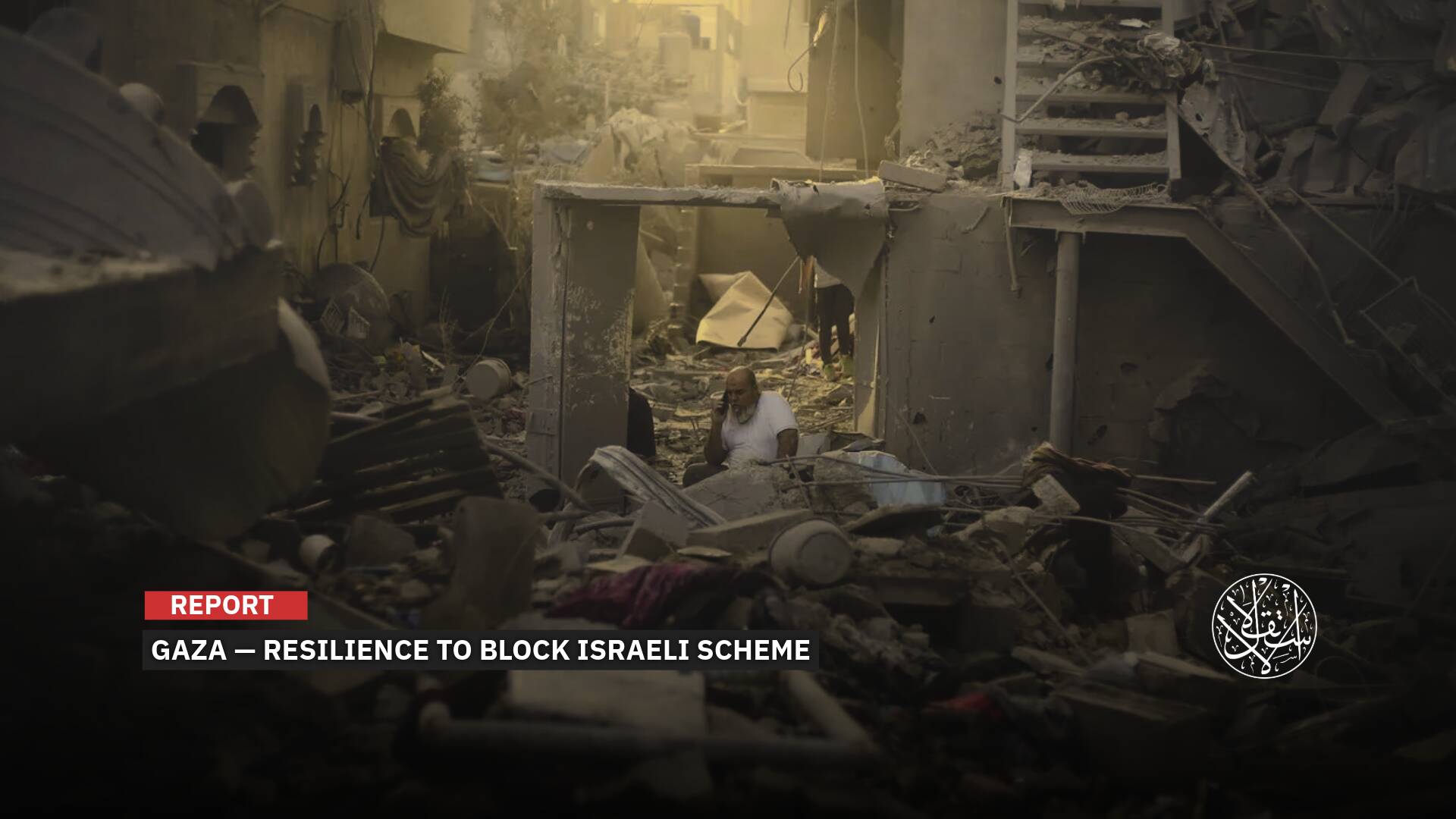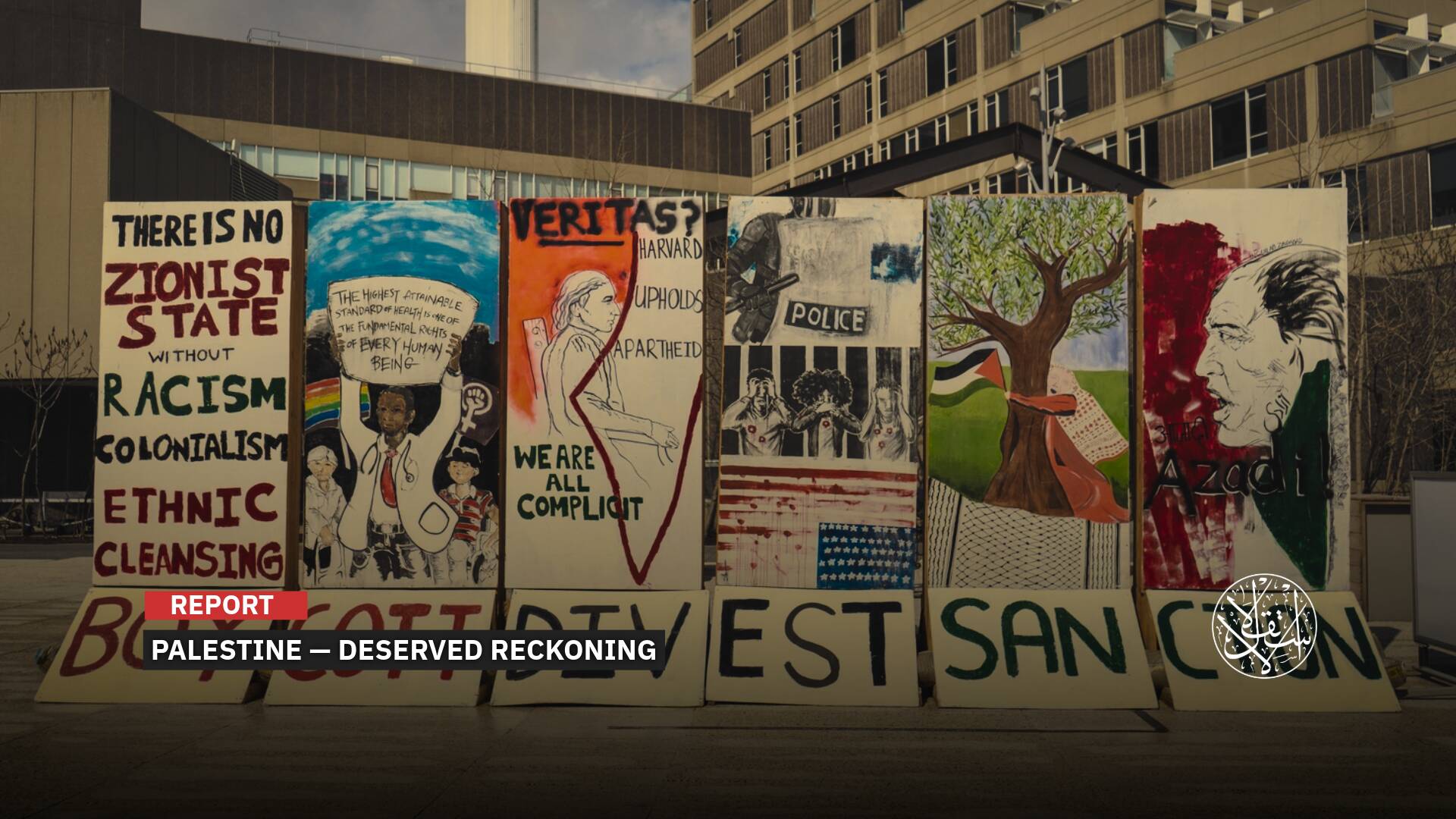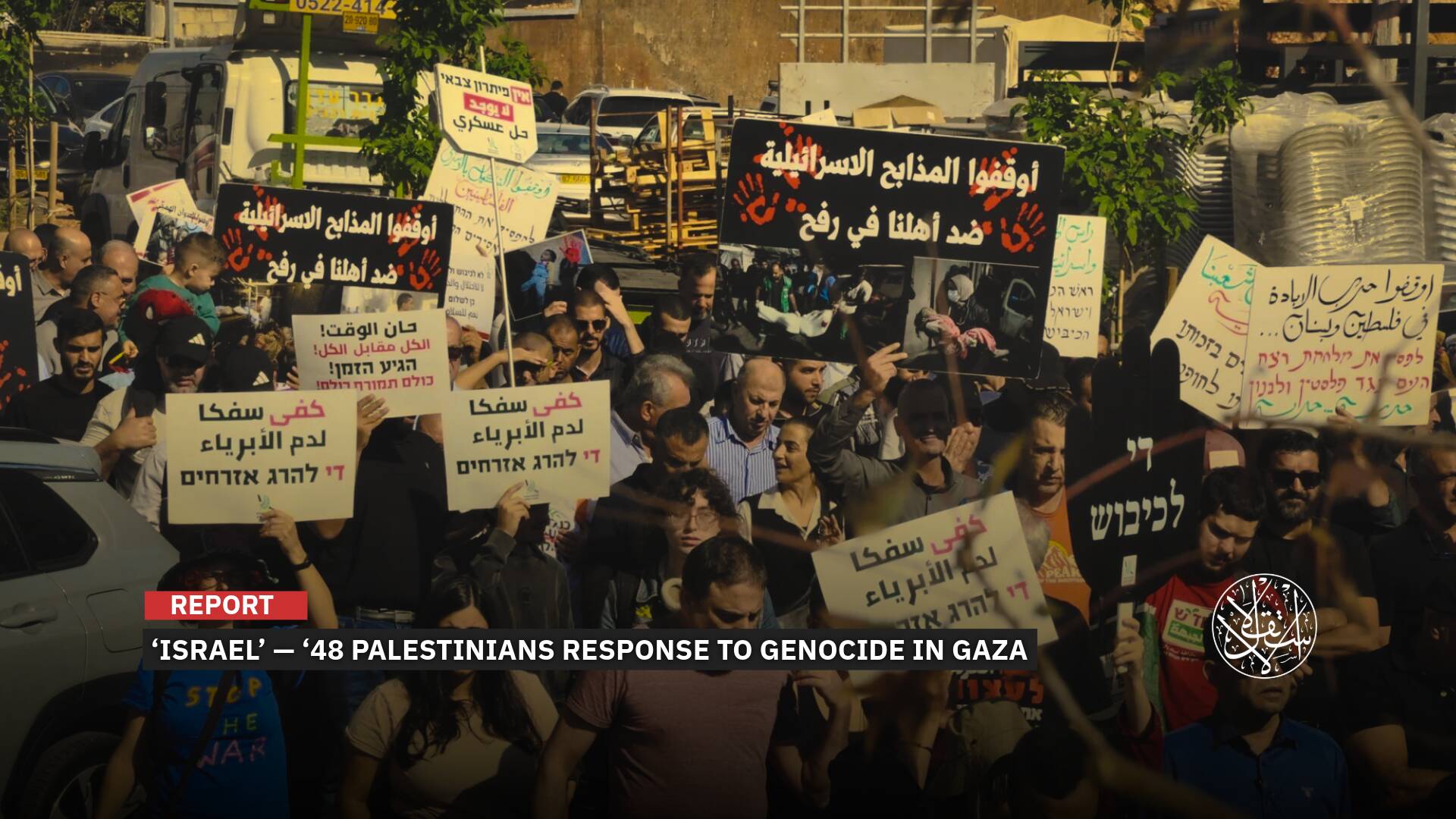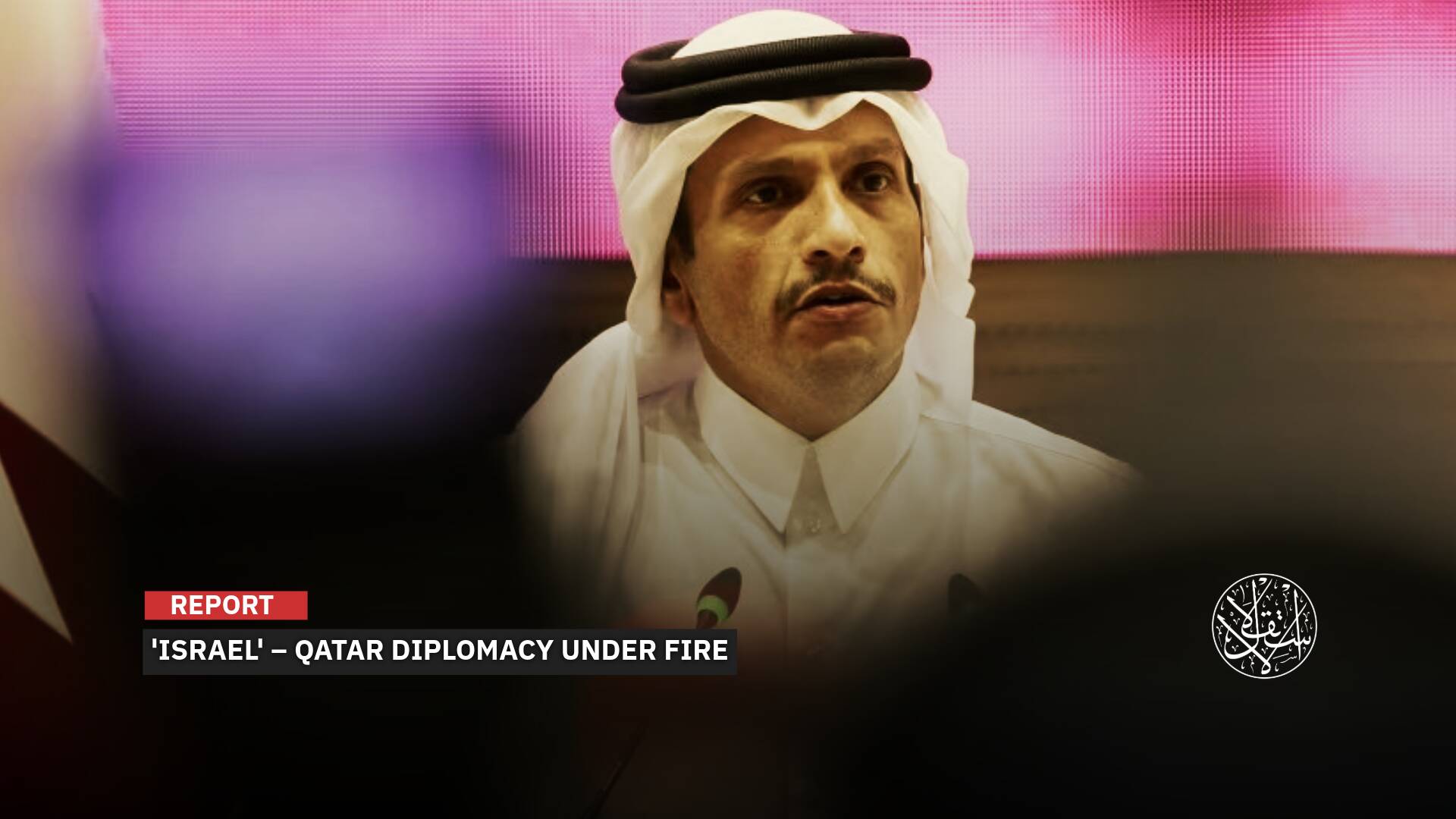High Pay and Rubble Theft: How Gaza’s Destruction Became a Lucrative Israeli Enterprise
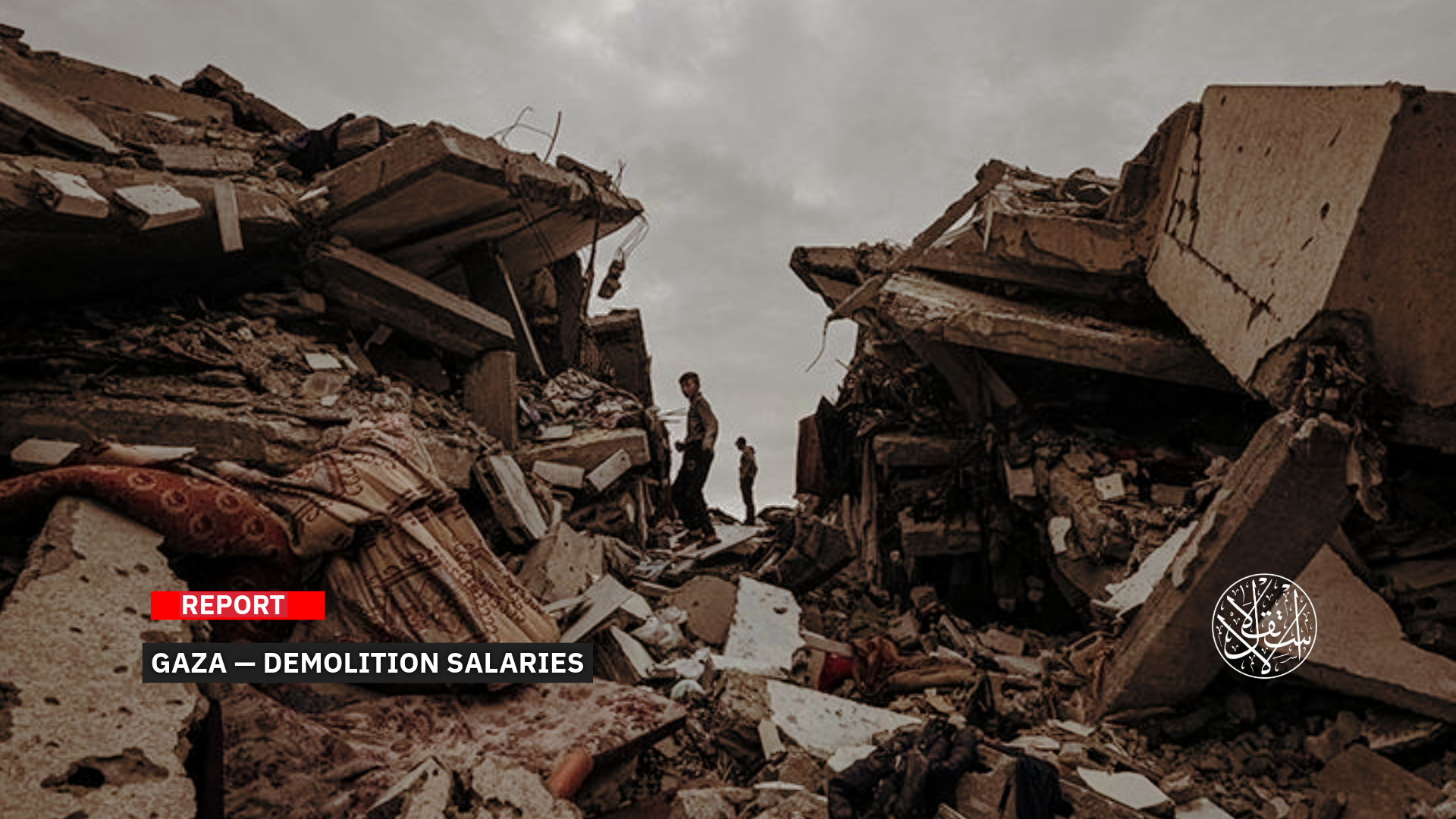
Some demolition workers earn close to 30,000 shekels a month, or about 9,000 dollars.
As part of its wider plan to destroy the Gaza Strip, the Israeli government has begun encouraging contractors and workers to enter the besieged enclave and demolish homes, turning devastation into a lucrative business opportunity.
The policy appears to be unfolding along two tracks. The first involves offering unusually generous monthly salaries to those involved in the demolition of Palestinian homes.
The second centers on the theft of rubble from the ruins, material that is then recycled and sold for profit.
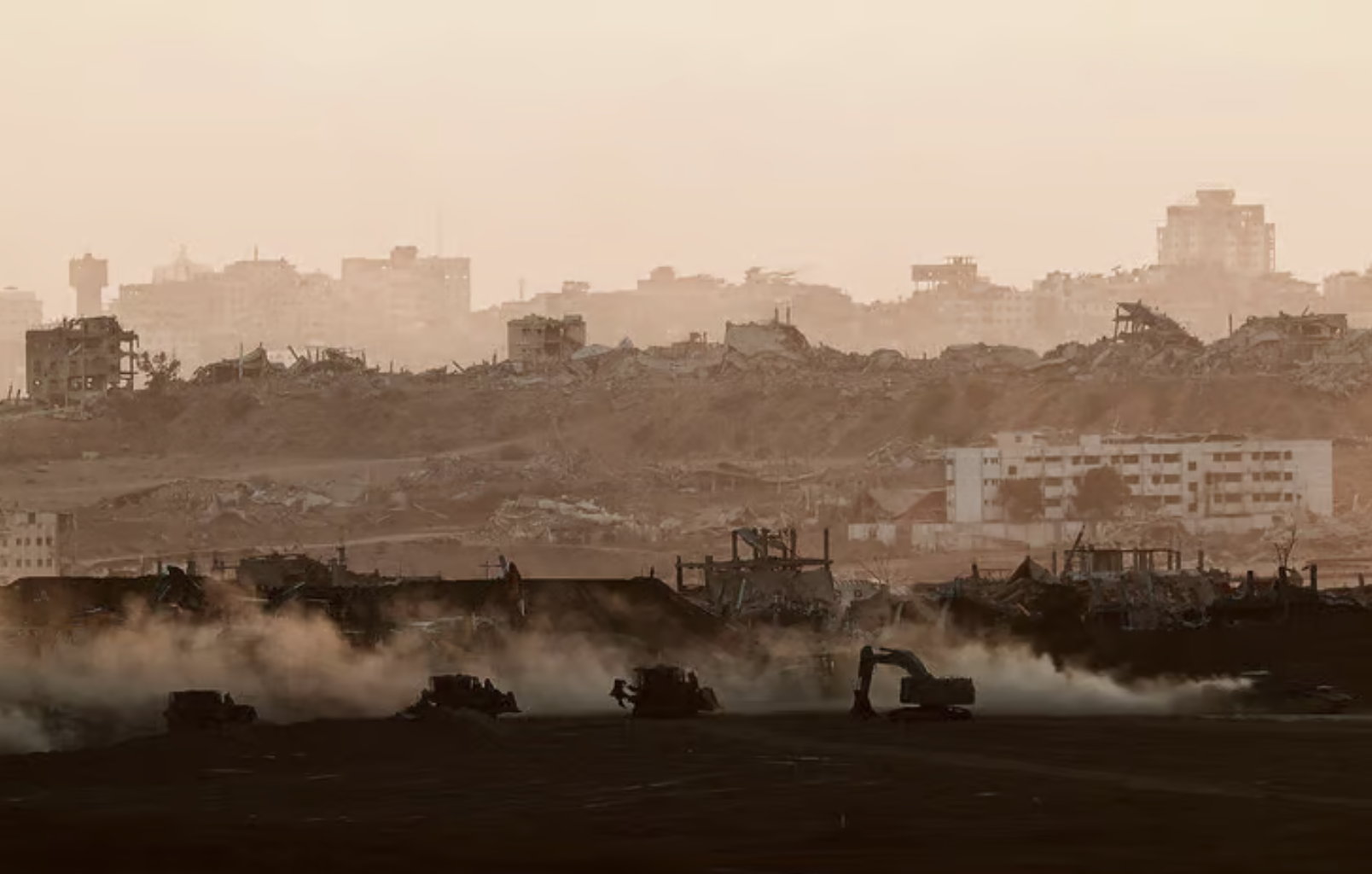
Demolition of Homes
In an investigation published on July 10, 2025, the Israeli financial newspaper TheMarker revealed that the destruction of buildings in the Gaza Strip has become a lucrative source of income for heavy machinery operators in “Israel.”
The report noted that some demolition workers were earning up to 30,000 shekels a month, equivalent to around $9,000, according to testimonies from those involved.
It also cited details from contracts issued by Israel’s Ministry of Defense, which allocated 2,500 shekels, approximately $750, for demolishing a building of three stories or fewer.
Taller buildings were valued at 5,000 shekels, while machinery operators were paid 392 shekels, or roughly $118, per hour even when their equipment was idle.
According to TheMarker, demolition job postings were at times framed in religious language on social media platforms, in an apparent effort to attract more Israelis to take part in the destruction of Gaza.
The report noted that “Israel” had transferred a significant number of heavy machines into the Strip for this purpose, leaving the country “paralyzed, with no domestic projects currently under way,” as the paper put it.
One Israeli who took part in the demolitions told the paper, “If you want to make money, invest 700,000 shekels and buy a bulldozer. You’ll make 4,000 shekels a day.” At the time of publication, the exchange rate stood at 3.34 shekels to the dollar.
He added, “The army pays the bulldozer owner 5,000 shekels a day. Out of that, 1,000 goes to the worker and the rest stays with the owner. If they can’t find a civilian operator, they replace him with a soldier.”
“The work there is hard and dangerous,” he continued. “I lost three friends and ten soldiers who worked with me. The army has no logic. It just wants to destroy as much as possible without any calculation.”
In recent months, the Israeli military has repeatedly announced the deaths of Israeli contractors in operations carried out by Palestinian resistance forces.
The Israeli worker went on, “I was doing it for the paycheck. I was making 30,000 shekels a month. They gave me a car and housing in Ashkelon.”
The investigation highlighted a number of direct job advertisements, including one that read, “Project under the Ministry of Defense. Looking for a skilled bulldozer operator to work in Gaza. Net pay of 1,200 shekels per day. From 7:00 a.m. to 5:00 p.m., Sunday through Thursday. Housing and meals included.”
The report noted that the army had transported numerous machines into Gaza for the purpose of destruction.
One reservist told the paper, “A large portion of the bulldozers available in Israel are now inside the Strip. Every brigade has at least two civilian bulldozers, not to mention the equipment that’s been conscripted into service. But none of it is armored.”
In another section, the investigation explores the link between religious motivation and the demolition campaign, citing a video that shows a reservist soldier named Avraham Zarbiv, a radical rabbi whose name has become closely tied to the destruction in Gaza, volunteering with the Israeli army to help demolish homes in the Strip.
“I invented something new in this world,” the rabbi says in the footage. “You can demolish a house of two, three or even four stories. At first, a few D9s were destroyed during the attempt, but I overcame that.”
For its part, the Israeli newspaper Haaretz reported on July 17 that the destruction of buildings in Gaza is now being carried out by private Israeli contractors working under army supervision.
The report noted that bringing contractors and laborers into the demolition of Gaza’s buildings has significantly increased the scale of destruction.
Citing recent satellite imagery and expert analysis, it found that at least 70 percent of all buildings in Gaza are now uninhabitable.
Haaretz confirmed that “Israel” has destroyed 89 percent of buildings in Rafah since the beginning of the war, along with 84 percent of buildings in the northern part of the Strip.
In central Gaza, the paper reported that 78 percent of buildings in Gaza City have been either completely or partially destroyed.
The report stated that Israeli contractors are paid around 5,000 shekels, approximately $1,500, for each building they demolish.
In a bid to maximize profits, the contractors have reportedly been pressuring Israeli field commanders to expand the areas marked for demolition across the Strip.
Earlier, on July 13, Haaretz reported that while the Israeli military officially claims the widespread demolition by hundreds of heavy machines is for operational purposes, the compensation model for the machinery operators tells a different story.
The paper noted that hundreds of Israeli bulldozers and excavators continue their efforts to render Gaza uninhabitable for years to come, even as Prime Minister Benjamin Netanyahu negotiates a ceasefire with the Palestinian resistance group Hamas.
It argued that “if these operations were truly driven by military necessity alone, as the army claims, there would be little justification for the rewards being handed to contractors.”
“There would be no need to demolish residential buildings and other structures unless they posed a direct threat to soldiers or obstructed the movement of military vehicles, and such cases would not justify these kinds of payments,” the paper noted.
It also pointed out that the wages paid to demolition workers in Gaza are significantly higher than those earned by workers in the same profession inside “Israel,” “as if the inflated salaries are meant to offset the life-threatening risks that deter many from entering Gaza.”

Rubble Theft
The other aspect through which the Israeli authorities have turned destruction into a profitable deal involves the theft of rubble from demolished homes, which is then transported to “Israel” for reuse.
Palestinian media and activists have reported that Occupation Forces are using trucks to haul large quantities of stone, iron and cement from Gaza into “Israel,” where the materials are recycled and later sold to construction companies.
Observers say this operation aims to maximize profits while also preventing Palestinians from using the rubble for reconstruction efforts.
Others pointed to a tactical dimension, highlighting how the destruction facilitates the Israeli army’s efforts to pursue Palestinian resistance fighters who set ambushes, plant explosives, and hide among the ruins. Recent operations have resulted in the deaths and injuries of dozens of soldiers.
Palestinian activist Tamer Qaddih tweeted, “One of the crimes you may not have heard of before, and that we have not spoken about much amid the flood of bloody news: Israel is stealing rubble from the Gaza Strip.”
He added that the rubble “is collected and transported by trucks into the occupied interior for recycling and sale to Israeli construction companies, aiming to generate profit while simultaneously delaying any future reconstruction in Gaza by maintaining full control over what enters the Strip and preventing any local recycling efforts.”
He noted that this has been happening in Rafah, the north, and now east of Khan Younis.
“I am from the neighborhood that has been moved into the occupied interior in recent days, and there are testimonies from the last people who left there,” he wrote, sharing satellite images showing the disappearance of rubble.
In recent days, images have emerged showing the cities of Rafah and Khan Younis in the south of the Gaza Strip, as well as Beit Hanoun in the far north, where entire areas have been completely cleared of rubble as if no homes ever existed there.
According to United Nations estimates published in August 2024, Israeli airstrikes left more than 42 million tons of debris across the Strip.
No updated figures have been released since to account for another year of intense bombardment, which included widespread destruction in both the southern and northern parts of Gaza.
For example, the British newspaper Financial Times quoted an Israeli reservist soldier on July 23, 2025, saying, “The city of Rafah no longer exists and has become nothing but rubble.”
Satellite images captured in recent days show that the Israeli army has almost completely destroyed Khan Younis, the second-largest city in the Gaza Strip, according to Haaretz on July 23.
The images reveal that thousands of buildings in and around the city have been demolished over recent months, covering an area of nearly 90 square kilometers. The same applies to Beit Hanoun, which has also suffered extensive destruction.
According to a report published by the U.S. news agency Bloomberg in August 2024, the rubble from the Gaza Strip would fill a line of garbage trucks stretching from New York to Singapore, a distance of 15,300 kilometers, highlighting the vast profits that could be made from recycling it.
Shedding light on the immense challenge of reconstruction, the United Nations estimated that a fleet of more than 100 trucks would take 15 years to clear Gaza of around 40 million tons of debris and rubble at a cost ranging between $500 million and $600 million.
The spokesperson for Gaza municipality, Asim al-Nabih, previously spoke about the potential profits from the rubble while commenting on estimates regarding the time needed for debris removal and reconstruction.
Al-Nabih said the clearance process could take as little as a year at most, provided the necessary equipment and workforce are available.
“Estimates have mentioned 100 trucks, which is a small number likely owned by small companies. My own estimate is that debris removal could take no more than a year at most if all the necessary materials and equipment are provided,” he added.
Addressing the large figures announced by international organizations for reconstruction funding, al-Nabih said, “The rubble actually generates money.”
“In previous wars, citizens did not pay a single shekel to have the rubble from their homes removed,” he added.
He explained this was because many private companies cleared the debris in exchange for taking ownership of it, turning the process into a money-making project or at least a way to secure funds for rebuilding Gaza.
What is the Goal?
Commenting on the rapid destruction, the Israeli newspaper Yedioth Ahronoth described Gaza as “one of the largest demolition sites in the world, with the Israeli army as the contractor.”
On July 20, 2025, the paper added, “Every image from the Strip, every news report reveals the scale of this event: horrific destruction on a catastrophic scale, explained to us in a different way each time.”
“Sometimes the goal is to crush the Khan Younis brigade, other times it is to protect a fractured frontline. Sometimes the pretext is understandable to safeguard Israeli Occupation Forces, but at the same time, soldiers and demolition contractors are injured during the destruction.”
The paper criticized the campaign, saying, “The fighting on the ground is mostly conducted without a clear enemy target, often without any residents nearby. It is simply massive destruction of property, unlikely to help defeat Hamas but more likely to fuel a desire for revenge.”
It added, “The destruction has become an end in itself, with its purpose unclear, unless the aim is to prevent Palestinians from returning to the Strip.”
The paper emphasized that “unfortunately, this vast engineering effort will not hasten the release of hostages nor contribute to finding a solution in Gaza akin to defeating Hamas.”
The paper observed, “Someone has confused demolishing buildings, neighborhoods and towns with dismantling the organization. Netanyahu’s enthusiastic supporters keep spinning stories and lies about being one step away from total victory,” though “they do not know how many times they have repeated this while another neighborhood and city in Gaza is being destroyed.”
It suggested the destruction only deepens the problem, noting that “Hamas has already begun rebuilding itself for decades to come on the ruins of the Gaza Strip.”
Since the start of the assault, Israeli leaders have made no secret of their aim to displace Gaza’s population after destroying the area, under the guise of “voluntary departure.”
In July, Israeli media reported that Defense Minister Israel Katz ordered the military to advance a plan called the “humanitarian city,” to be built on the ruins of Rafah in southern Gaza.
Katz said the area would initially house around 600,000 displaced Palestinians who have been forced to evacuate to the Moasi neighbourhood in Khan Younis.
He indicated that these displaced people would undergo thorough security screenings to ensure they are not affiliated with Hamas.
Once inside the area, they would be surrounded by the Israeli Occupation Forces and prevented from leaving, with permission only to exit to another country by sea or to Egypt.
The American-based Gaza Humanitarian Foundation is also involved in this plan, forcing residents to accept aid from it after the United Nations was sidelined, and the besieged Strip began to suffer from widespread hunger.
The plan was put forward with the aim of forcing all residents of the Gaza Strip to move to the southern area, effectively herding them into what resembles detention camps in preparation for their displacement.
The Gaza government media office said the American company is implicated in a dangerous U.S.-Israeli scheme aimed at forcibly displacing Palestinians under the guise of humanitarian aid.
It added that the project represents “a blatant attempt to demographically empty the Strip,” stressing that the organization operates outside the supervision of the United Nations and international bodies, in clear violation of internationally recognized humanitarian standards.


